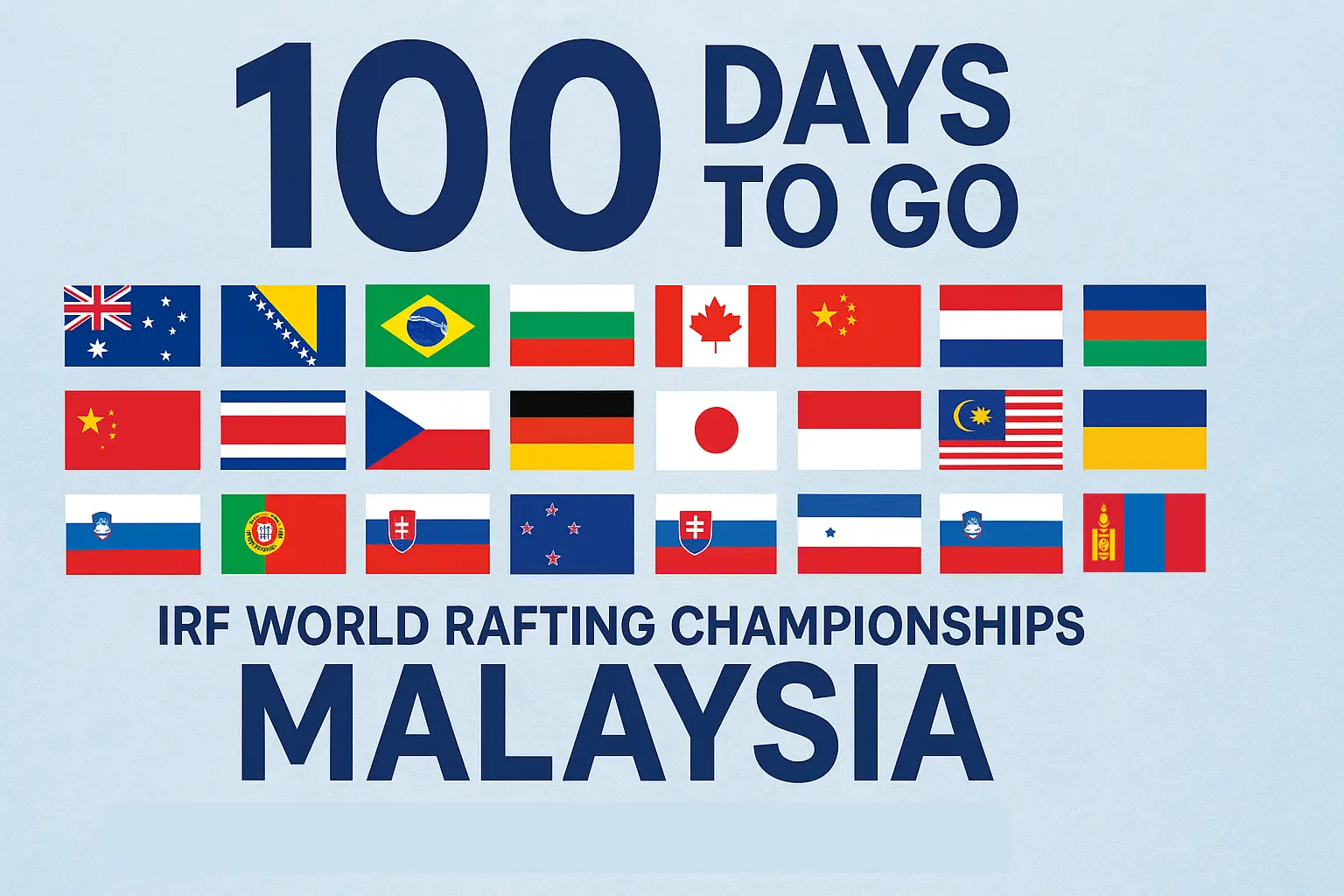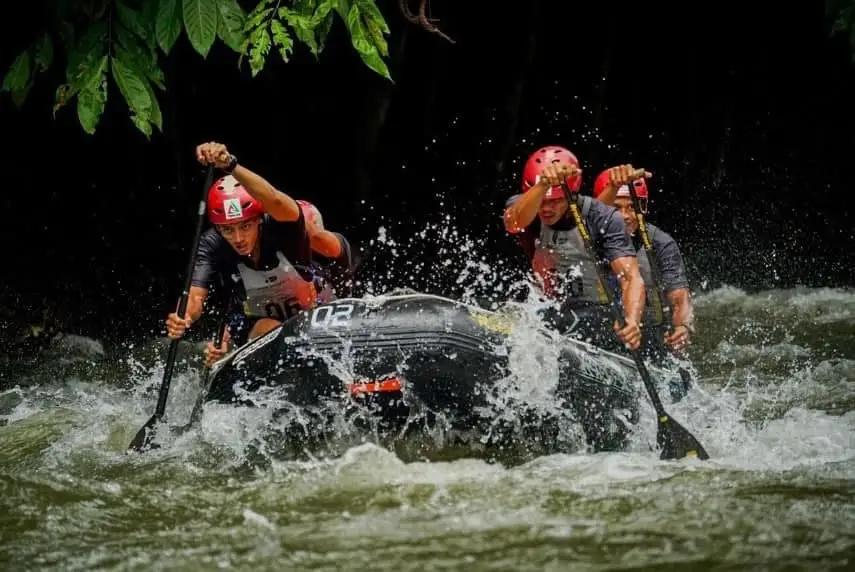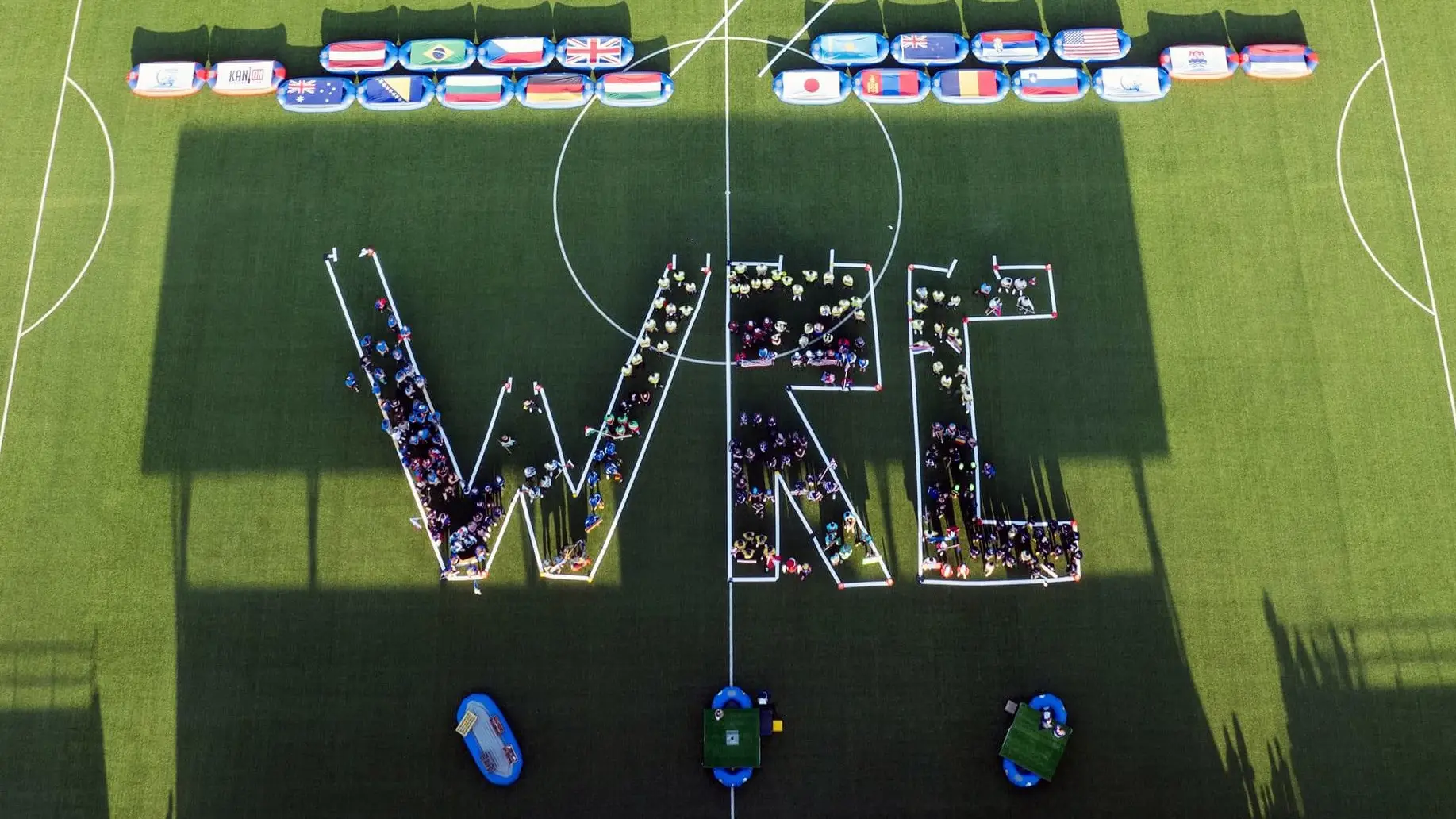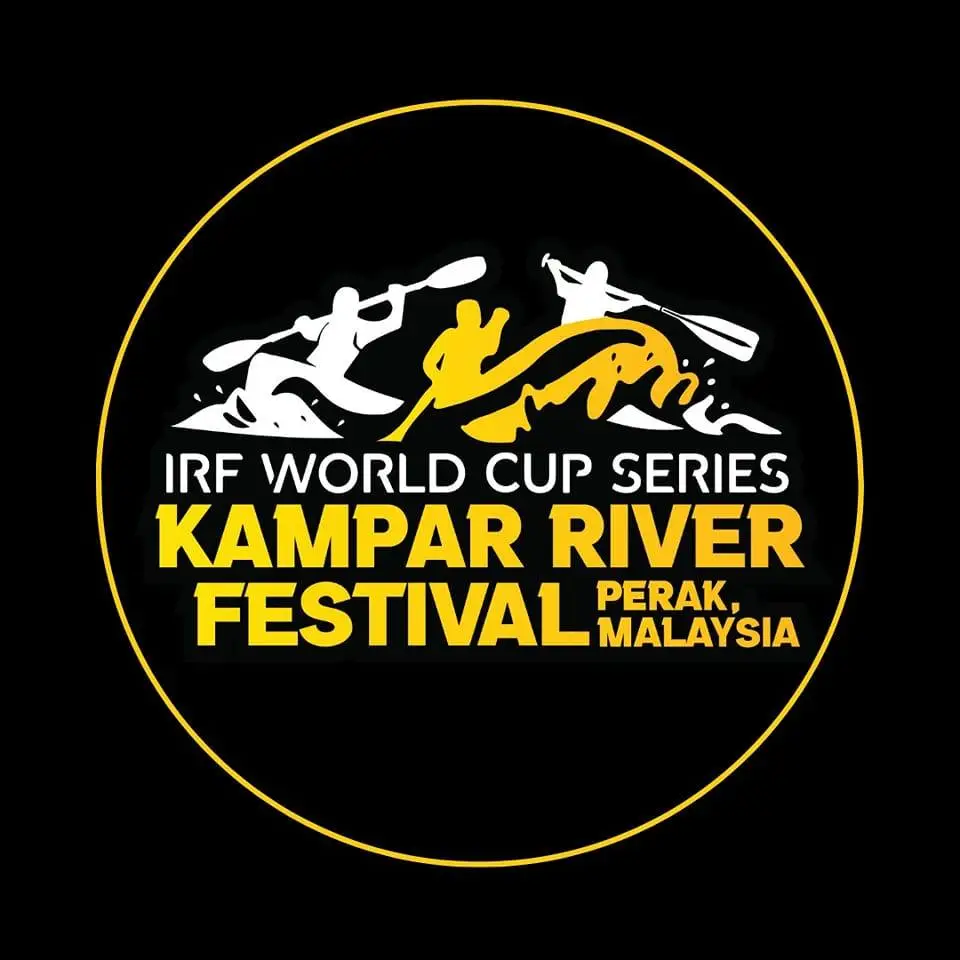Wherever we travel it is always good to be familiar with the host country. This time, the occasion is the ERC R4 2016, and Slovenia is the country we will become familiar with.
Slovenia is a central European country with two million inhabitants and the capital city is Ljubljana. Its neighbours are Italy, Austria, Hungary and Croatia.
So the wonderful word of “Love” in the name of their country suggests that you will fall in love at first sight with Slovenia, with its friendly residents, beautiful rivers, forests, mountains and more …
The two cities around which everything will happen during the ERC are Ljubljana and Straža.
 The first part of our story will deal with what to see, eat and drink in this beautiful country and Ljubljana. The second part will relate to our wonderful hosts, well known to everyone – rafting club GIMPEX Straža, who come from the city of Straža. This will be the base for our stay during the competition.
The first part of our story will deal with what to see, eat and drink in this beautiful country and Ljubljana. The second part will relate to our wonderful hosts, well known to everyone – rafting club GIMPEX Straža, who come from the city of Straža. This will be the base for our stay during the competition.
Here are 19 proposals of what to see in Slovenia, specifically with the starting point of Ljubljana. Two of these we will be visiting during the competition: the Krka River Valley and Novo Mesto. I give you ones that you can easily see after training or even after the races, on the Tacen (distances from Ljubljana).
Kamnik (20km) – One of the oldest Slovenian towns, situated at the foot of the Kamnik Alps. Well known for its numerous historical and cultural monuments, a small castle and Romanesque chapel built on a rocky hill.
 Postojna (53km) – Postojna is renowned across the world for its 27 kilometre long system of underground caves, home to an endemic salamander species, and the nearby Predjam Castle. The cave tour includes a ride on a small cave train. Ticket prices and more info.
Postojna (53km) – Postojna is renowned across the world for its 27 kilometre long system of underground caves, home to an endemic salamander species, and the nearby Predjam Castle. The cave tour includes a ride on a small cave train. Ticket prices and more info.
Bled (54km) – The resort town of Bled is best known for a lake with a little island in the middle where visitors are taken in a traditional “pletna” boat, a castle standing on top of a cliff overlooking the lake, and delicious cream cakes.
Bohinj (75km) – Bohinj, famous for its lake and the nearby Savica Waterfall, is a good base for treks into the Julian Alps. The area is well know for traditional cheese making, so make sure to taste the famous Bohinj cheese.
Other cities are a bit further away, but for those who have time to visit them here’s the proposal: Ptuj (130km), Maribor (122km), Celje (76km) all in one direction; Soča River Valley (130km), Kranjska Gora (84km) in another direction with Škofja Loka, Bohinj and Bled; Slovenian Istra (120km) if you want to swim in the Adriatic Sea….
 Ljubljana – in addition to a traditional walk around the city, we suggest you tour the city from the Ljubljanica River, and places that we recommend you can walk to are: Ljubljana Castle, Franciscan Church, Triple Bridge, Presernov trg square, Town Hall, Church of St. Nicholas, Dragon Bridge, Butchers’ Bridge, Ursuline church of the Holy Trinity…..
Ljubljana – in addition to a traditional walk around the city, we suggest you tour the city from the Ljubljanica River, and places that we recommend you can walk to are: Ljubljana Castle, Franciscan Church, Triple Bridge, Presernov trg square, Town Hall, Church of St. Nicholas, Dragon Bridge, Butchers’ Bridge, Ursuline church of the Holy Trinity…..
Legend about the origin of Ljubljana – “Ljubljana is said to be founded by the Greek mythological hero Jason, who had stolen the golden fleece from King Aetes and fled from him, along with his fellow Argonauts on the ship Argo, across the Black Sea and up the river Danube, Sava and Ljubljanica all the way to the source of the latter. There the Argonauts disassembled their ship to be able to carry it to the Adriatic Sea, put it together again, and return to Greece. On their way to the sea, they made a stop at Ljubljana Marshes, the dwelling place of a monster, which Jason fought and killed. The monster, now referred to as the Ljubljana Dragon, found its place atop the castle tower depicted on the Ljubljana coat of arms.” – So, do not miss the chance to take a picture at the Dragon bridge with that dragon.
Eating and drinking in Slovenia – the best-known traditional dishes:
 Kranjska kobasica or “Kranjska sausage”: The most famous Slovenian dish. The sausage as “Kranjska” was first mentioned in 1896 (Alpine Slovenia, the region of Gorenjska).
Kranjska kobasica or “Kranjska sausage”: The most famous Slovenian dish. The sausage as “Kranjska” was first mentioned in 1896 (Alpine Slovenia, the region of Gorenjska).
Prekmurska gibanica: Juicy cake stuffed with poppy seeds, cottage cheese, walnuts and apples. Protected by a “recognized indication of traditional reputation”, so under that name it can only be made following the original protected recipe (Pannonian Slovenia, the region of Prekmurje).
Kraski prsut: The air-dried pork leg, together with a splendid glass of Teran wine, karst red wine, known for its healing properties. This ham marked for this geographical location is a product of many centuries – a long tradition of salting and drying meat in the Kraski bora (Coastal Slovenia, Karst).
 Štruklji: a traditional Slovenian dish made from dough with various fillings, you can eat as a separate dish or as a side dish. Dumplings can be prepared from different kinds of dough, baked or boiled sweet or savory. The best known are tarragon, cottage cheese, walnut, apple and poppy (central Slovenia).
Štruklji: a traditional Slovenian dish made from dough with various fillings, you can eat as a separate dish or as a side dish. Dumplings can be prepared from different kinds of dough, baked or boiled sweet or savory. The best known are tarragon, cottage cheese, walnut, apple and poppy (central Slovenia).
Cviček i Refoško – is a fantastic wine.
Potica: cakes of dough stuffed with various fillings, the most typical Slovenian dessert. More than 80 different types of fillings are known. Among the best known are tarragon, walnut, crackling and poppy (central Slovenia).
Žganci or mush: traditional Slovenian peasant dish made from flour and served as a separate dish or as a side dish (all of Slovenia).
Info links:
We have tried to be as short as possible and rather through video, text and useful links help you gain basic knowledge about the country you are travelling to for the ERC. Each site is excellent and well updated and all the questions you have you can get the answers quickly, so that you can easily get yourselves informed about everything.
Next is the story of Straža an the organization of ERC.






